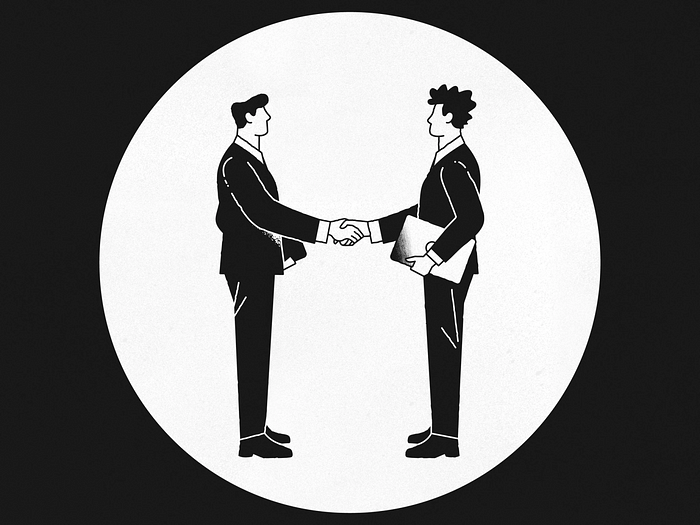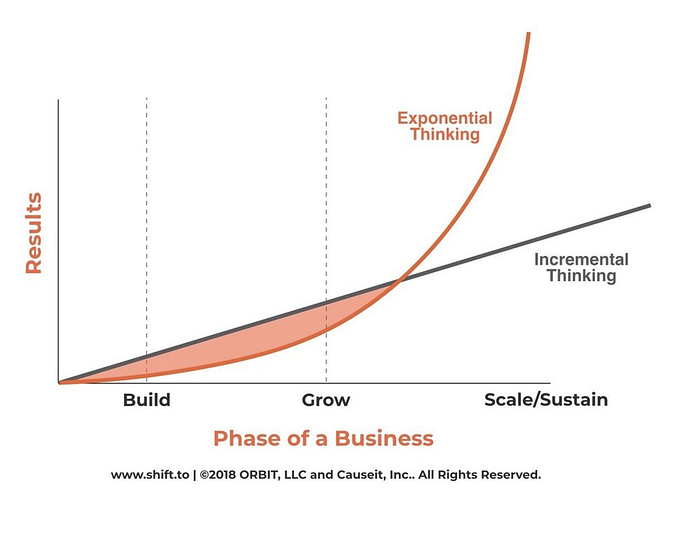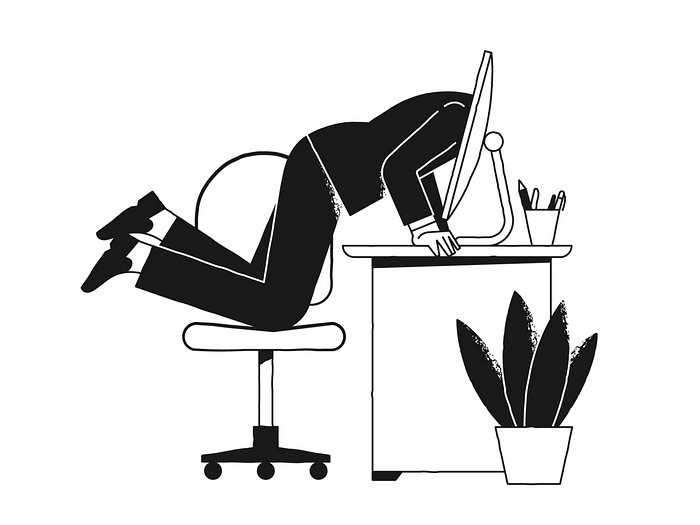The ABCs of ethical design

The Facebook ‘like’ button was an elegant UI solution for the long chain of ‘awesome’ and ‘congrats’ comments on popular posts. The team at Facebook wanted to create a ubiquitous and simpler way to express approval on the social network. But, what seemed like the most appropriate and straightforward solution, transformed the internet in a way that the startup didn’t account for, back in 2007.
Today, the like button and its friends on other social media platforms have become essential social validation tools, and guide the distribution of information within the forum, influence the algorithm (politics too), and let brands shoot targeted ads.
Like most other innovations, no one at Facebook created the like button with an evil intention in mind. However, the lack of a framework to evaluate its potential impact and the assumption that it will do only good was ruinous.
A. The duality of design
Modern technologies continue to increase ethical dilemmas for companies and designers. Are we designing something helpful or is it actually intrusive? Are we designing to support the user’s decision-making process or are we nudging them to make a decision we feel is right for them? Ethics as we know are contextual; they’re a collection of situational rules that lie between providing users with complete freedom and making every decision for them.
Let’s take, for example, Spotify utilizes the user’s listening preferences to provide recommendations. Users consent to Spotify to use their data for this purpose and moreover, use Spotify for this exact reason. Users expect limited control and want music to be chosen and filtered for them. However, the same users consent to Instagram to use their data to personalize the content they consume; what they implicitly also agree to is that their data will be used by brands on Instagram to target ads. This binary agreement — yes or no to all the users’ data is ethically conflicting.
That said, designing ethically is obviously the right thing to do, but how would Instagram survive if not from the revenue from ads? Large companies operate within complex systems and business models and have contesting priorities such as revenue to account for and the balance can often get tricky.
B. The framework for systemic change

According to the Centre for Humane Technology, systemic changes like ethical decisions require multiple levels for interventions rather than design alone.
While platform UI/UX design changes are the starting point for these changes, they alone cannot drive change.
As designers, it is our responsibility to advocate for our users and their best interests, however, the impact is limited to the larger system within which we operate.
C. How designers can lead the change
1. Be mindful of dark interaction patterns

Designers must document solid design principles that highlight respectful design patterns, UX copy guidelines, and user flows.
Humane by Design precisely highlights design principles for digital products and services that promote users’ well-being and interests. For example, avoid an infinite scroll and tell the user’s when they’re scrolling mindlessly.
2. Observe, don’t ask what you want to know
The worst way to find a solution is to ask the user about the problem directly. Instead, try widening the research scope and learning more about the user. Try to understand when they use the feature/product and how the product fits into the rest of their lives. Observing users in their contexts and involving them in co-creating solutions might give designers more than just answers.
Additionally, ethnographic research could lead to interesting socio-cultural insights if your product has large-scale implications and a varied user base. Researchers at MIT recently conducted a survey to understand the ethical preferences of people from different regions regarding the functionality of autonomous cars.
Beyond the results of the survey, the researchers suggest, seeking public input about an issue of innovation and public safety should continue to become a more significant part of the dialogue. More importantly, what users in one region may be comfortable with, may not be for users in another area.
3. Lookout (and always be open) for worst-case scenarios
As designers, it’s easy to think about ideal flows and happy path scenarios but it's equally important to think of the unintended harms that could be caused. Conduct deep research, and brainstorm for any unhealthy tech behaviours that could arise as a result of any new ideas.
4. Work within the realms of clean business cases

The Hinge app claims it’s the — ’Dating App Designed To Be Deleted’; meaning they want their users to be short-term users and find love on the app so they never have to use it again. It’s a bold and risky move since most companies are finding ways to build brand loyalty and keep their customers returning for more.
However, when designers are a part of the metric discussion, they bring in the user’s perspective (in this case, the desire to eventually find a partner) on which business metrics such as churn and engagement can be appropriately analyzed. In the case of Hinge, ‘good churn’ is the metric that determines how the app is doing whereas premium memberships for unlimited likes, etc are responsible for generating revenue.
Metrics can be contextual, user acquisition is not always the right way to go. Thus, making a solid business case for a long-term ethical route that leads to incremental user growth compared to a hockey stick (exponential) is a rudimentary growth pattern to consider.
The hard truth

The hard truth is that ultimately, it is all about the metrics. Thus, to drive change and design ethical products it is important to conduct thorough research to back ethical design changes and to establish a correlation between the business/growth model and an ethical route. It’s not easy work, but the correct way of doing things rarely is.
Canvs Editorial regularly brings you insightful reads on design and anything related. Check out the work we do at Canvs Club.
The Canvs Editorial team comprises of Guest Contributor — Anezka Virani, the Editor’s Desk — Aalhad Joshi and Debprotim Roy, and Content Operations — Abin Rajan

